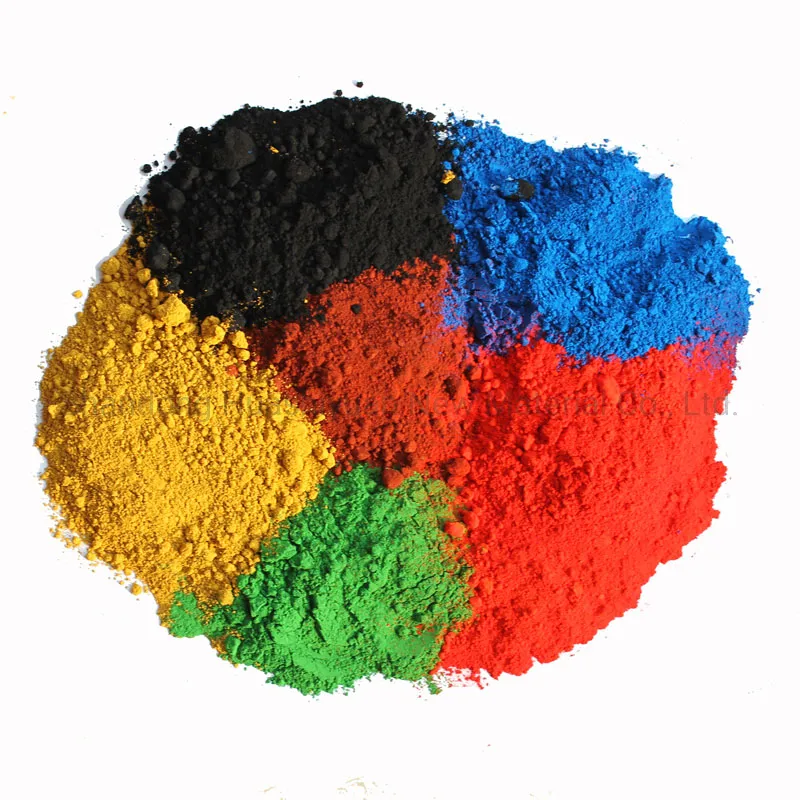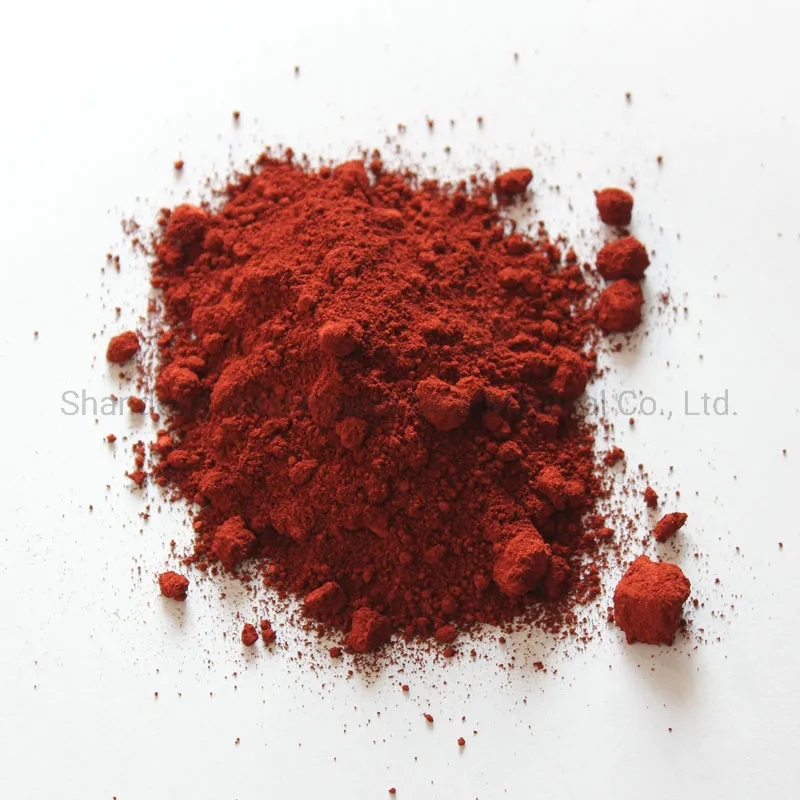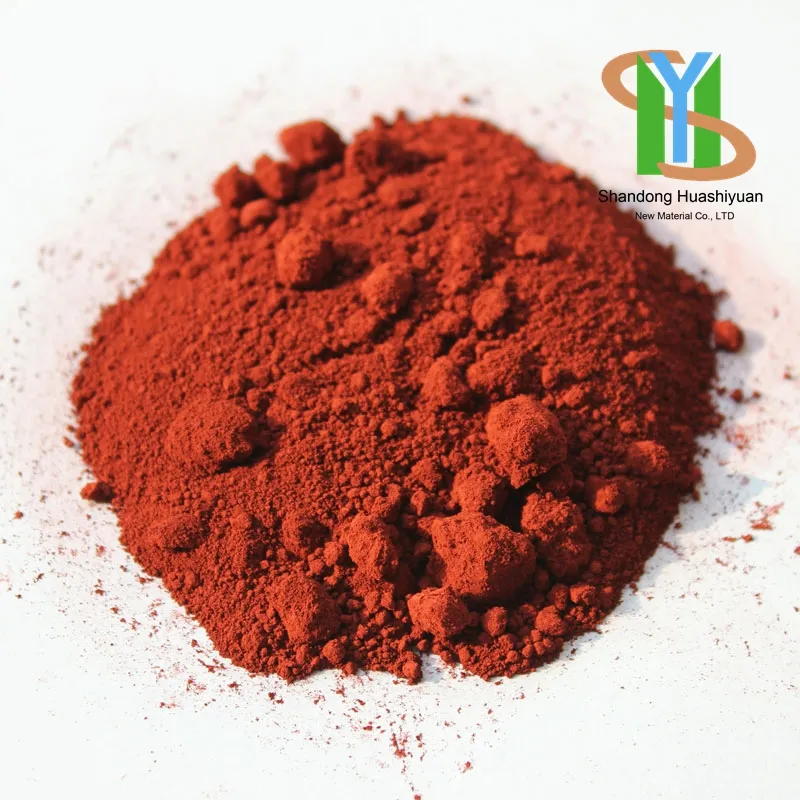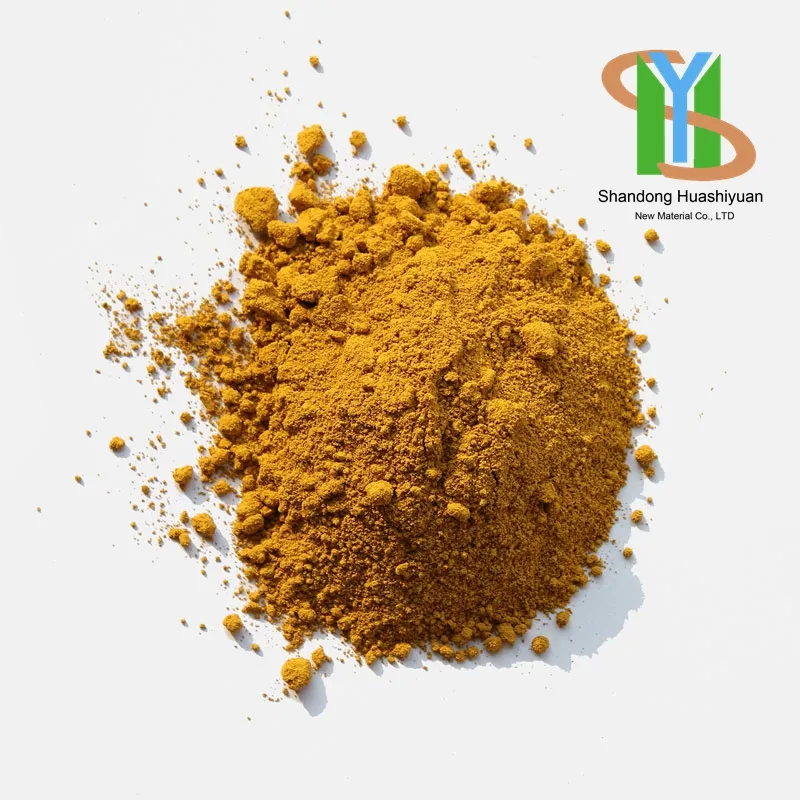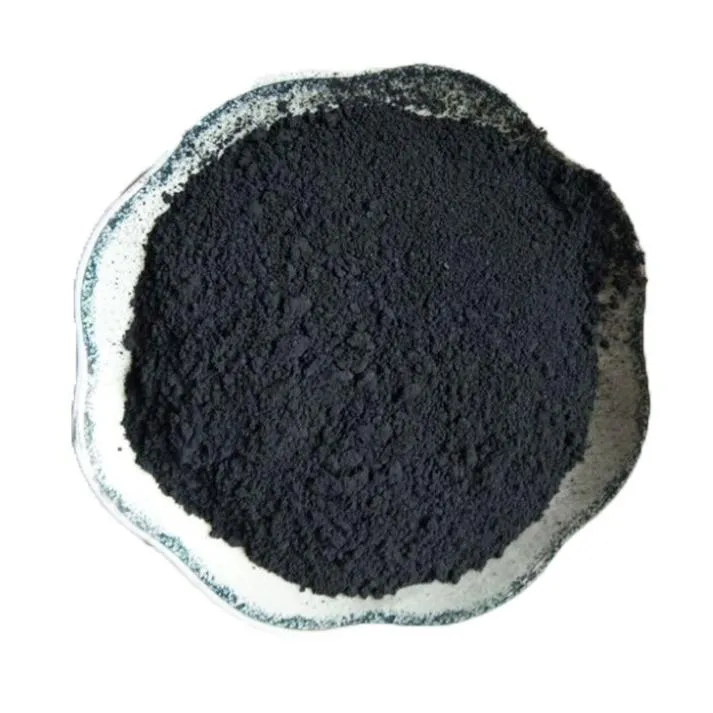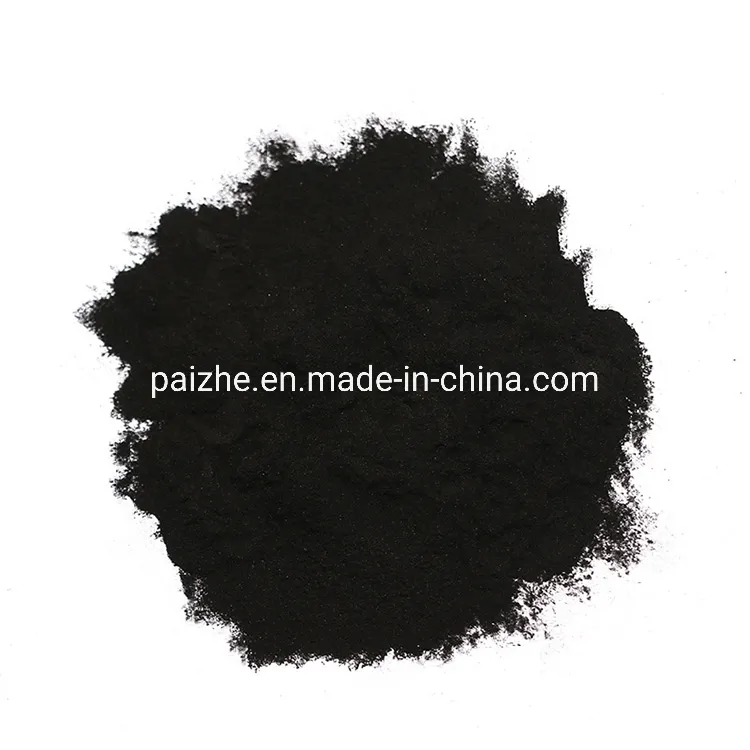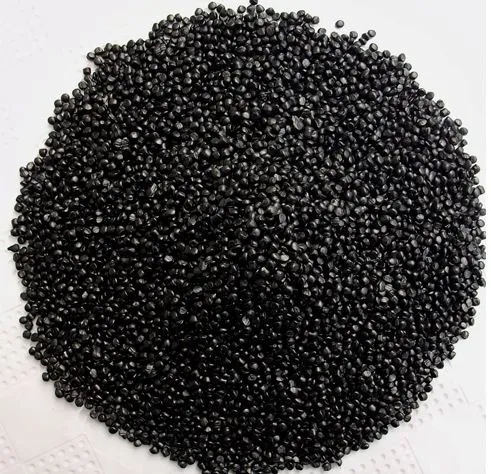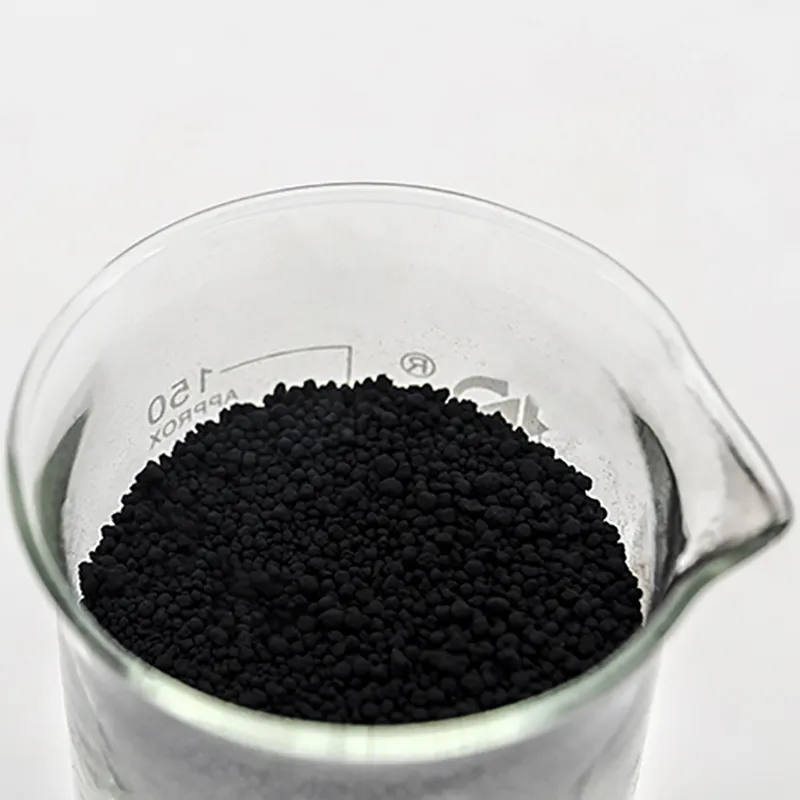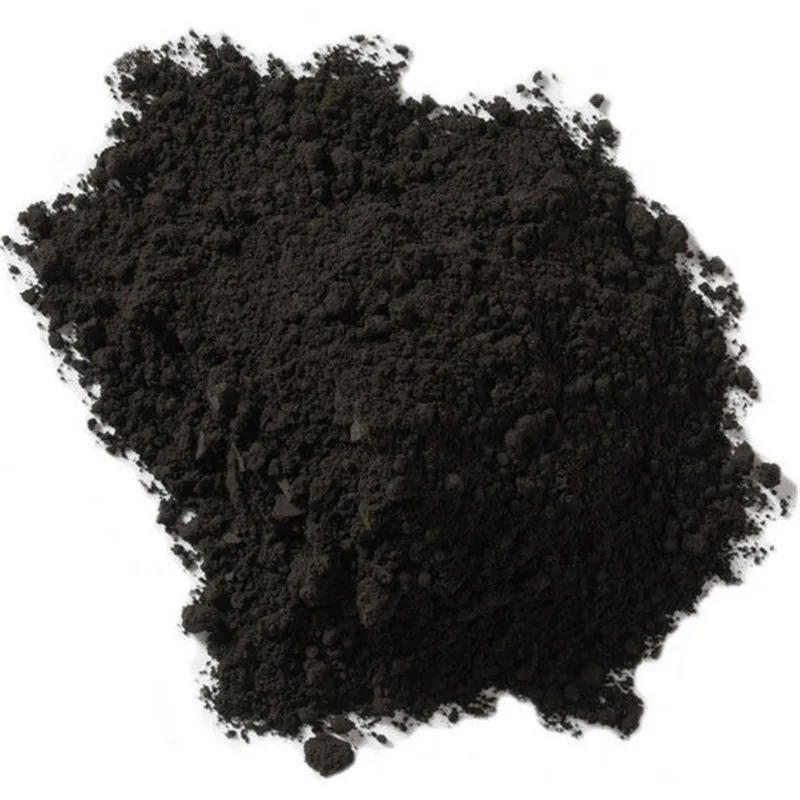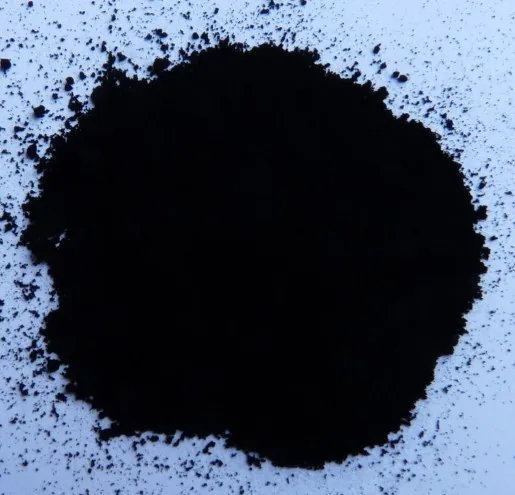High Quality 99.99% Ferric Oxide CAS 1309 -37-1 for Pigment
Product Description Iron(III) oxideNamesIUPAC nameIron(III) oxideOther namesferric oxide, hematite, ferric iron, red iron oxide, rouge, maghemite, colcothar, iron sesquioxide, rust, ochreIdentifiersCAS Number1309-37-1 3D model (JSmol)Interactive imageChEBICHEBI:50819 ECHA InfoCard100.013.790 EC Numb......
Send Inquiry
Product Description
| Names | |
|---|---|
| IUPAC name Iron(III) oxide | |
| Other names ferric oxide, hematite, ferric iron, red iron oxide, rouge, maghemite, colcothar, iron sesquioxide, rust, ochre | |
| Identifiers | |
CAS Number |
|
3D model (JSmol) |
|
| ChEBI |
|
| ECHA InfoCard | 100.013.790 |
| EC Number |
|
| E number | E172(ii) (colours) |
Gmelin Reference | 11092 |
| RTECS number |
|
| Properties | |
Chemical formula | Fe2O3 |
| Molar mass | 159.687 g·mol−1 |
| Appearance | Red-brown solid |
| Odor | Odorless |
| Density | 5.25 g/cm3[1] |
| Melting point | 1,539 °C (2,802 °F; 1,812 K) decomposes 105 °C (221 °F; 378 K) β-dihydrate, decomposes 150 °C (302 °F; 423 K) β-monohydrate, decomposes 50 °C (122 °F; 323 K) α-dihydrate, decomposes 92 °C (198 °F; 365 K) α-monohydrate, decomposes |
Solubility in water | Insoluble |
| Solubility | Soluble in diluted acids,[1]barely soluble in sugarsolution Trihydrate slightly soluble in aq. tartaric acid, citric acid, CH3COOH |
Magnetic susceptibility (χ) | +3586.0·10−6 cm3/mol |
Refractive index(nD) | n1=2.91, n2=3.19 (α, hematite) |
| Structure | |
Crystal structure | Rhombohedral, hR30 (α-form) Cubic bixbyite, cI80 (β-form) Cubic spinel (γ-form) Orthorhombic (ε-form)[6] |
Space group | R3c, No. 161 (α-form) Ia3, No. 206 (β-form) Pna21, No. 33 (ε-form) |
Point group | 3m (α-form) 2/m 3 (β-form) mm2 (ε-form) |
Coordination geometry | Octahedral (Fe3+, α-form, β-form) |
| Hazards | |
| GHS pictograms | |
| GHS Signal word | Warning |
GHS hazard statements | H315, H319, H335 |
GHS precautionary statements | P261, P305+351+338 |
Threshold limit value (TLV) | 5 mg/m3 (TWA) |
| Lethal dose or concentration (LD, LC): | |
LD50 (median dose) | 10 g/kg (rats, oral) |
| Related compounds | |
Other anions | Iron(III) fluoride |
Other cations | Manganese(III) oxide Cobalt(III) oxide |
Related iron oxides | Iron(II) oxide Iron(II,III) oxide |
Except where otherwise noted, data are given for materials in their standard state (at 25 °C [77 °F], 100 kPa). | |
| verify (what is ?) | |
| Infobox references | |
Iron(III) oxide or ferric oxide is the inorganic compound with the formula Fe2O3. It is one of the three main oxides of iron, the other two being iron(II) oxide (FeO), which is rare; and iron(II,III) oxide (Fe3O4), which also occurs naturally as the mineral magnetite. As the mineral known as hematite, Fe2O3 is the main source of iron for the steel industry. Fe2O3 is readily attacked by acids. Iron(III) oxide is often called rust, and to some extent this label is useful, because rust shares several properties and has a similar composition; however, in chemistry, rust is considered an ill-defined material, described as Hydrous ferric oxide
Hydrated iron(III) oxides
Several hydrates of Iron(III) oxide exists. When alkali is added to solutions of soluble Fe(III) salts, a red-brown gelatinous precipitate forms. This is not Fe(OH)3, but Fe2O3·H2O (also written as Fe(O)OH). Several forms of the hydrated oxide of Fe(III) exist as well. The red lepidocrocite γ-Fe(O)OH, occurs on the outside of rusticles, and the orange goethite, which occurs internally in rusticles. When Fe2O3·H2O is heated, it loses its water of hydration. Further heating at 1670 K converts Fe2O3 to black Fe3O4 (FeIIFeIII2O4), which is known as the mineral magnetite. Fe(O)OH is soluble in acids, giving [Fe(H2O)6]3+. In concentrated aqueous alkali, Fe2O3 gives [Fe(OH)6]3−.
Uses
Iron industry
The overwhelming application of iron(III) oxide is as the feedstock of the steel and iron industries, e.g. the production of iron, steel, and many alloys.
Polishing
A very fine powder of ferric oxide is known as "jeweler's rouge", "red rouge", or simply rouge. It is used to put the final polish on metallic jewelry and lenses, and historically as a cosmetic. Rouge cuts more slowly than some modern polishes, but is still used in optics fabrication and by jewelers for the superior finish it can produce. When polishing gold, the rouge slightly stains the gold, which contributes to the appearance of the finished piece. Rouge is sold as a powder, paste, laced on polishing cloths, or solid bar (with a wax or grease binder). Other polishing compounds are also often called "rouge", even when they do not contain iron oxide. Jewelers remove the residual rouge on jewelry by use of ultrasonic cleaning. Products sold as "stropping compound" are often applied to a leather strop to assist in getting a razor edge on knives, straight razors, or any other edged tool.
Pigment
Iron(III) oxide is also used as a pigment, under names "Pigment Brown 6", "Pigment Brown 7", and "Pigment Red 101".[21] Some of them, e.g. Pigment Red 101 and Pigment Brown 6, are approved by the US Food and Drug Administration (FDA) for use in cosmetics. Iron oxides are used as pigments in dental composites alongside titanium oxides.
Hematite is the characteristic component of the Swedish paint color Falu red.
Magnetic recording
Iron(III) oxide was the most common magnetic particle used in all types of magnetic storage and recording media, including magnetic disks (for data storage) and magnetic tape (used in audio and video recording as well as data storage). Its use in computer disks was superseded by cobalt alloy, enabling thinner magnetic films with higher storage density.
Photocatalysis
α-Fe2O3 has been studied as a photoanode for solar water oxidation.[24] However, its efficacy is limited by a short diffusion length (2-4 nm) of photo-excited charge carriers and subsequent fast recombination, requiring a large overpotential to drive the reaction.Research has been focused on improving the water oxidation performance of Fe2O3 using nanostructuring,[24] surface functionalization, or by employing alternate crystal phases such as β-Fe2O3.
Medicine
Calamine lotion, used to treat mild itchiness, is chiefly composed of a combination of zinc oxide, acting as astringent, and about 0.5% iron(III) oxide, the product's active ingredient, acting as antipruritic. The red color of iron(III) oxide is also mainly responsible for the lotion's pink color.
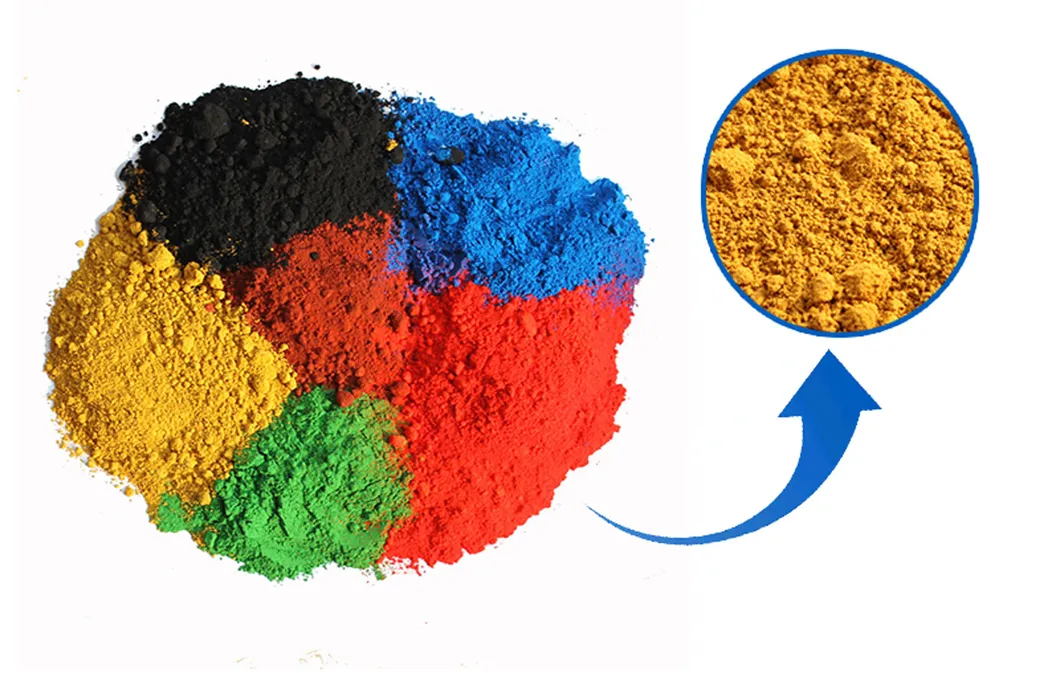
Other color of products:
25kg/ carton or 25kg/bag, or per your requirement
5kgs net weight in PP woven or PE plastic bag about 20 tons for 20" container
2.Storage:
The resin should be stored in a drafty, dry warehouse and away from fire and direct sunlight. It should not be piled up in the open air.
3.Transportation:
During transportation, the product should not be exposed to strong sunlight or rain and should not be transported together with sand, soil,scrap metal, coal or glass. Transportation together with toxic, corrosive and flammable substance is strictly prohibited.

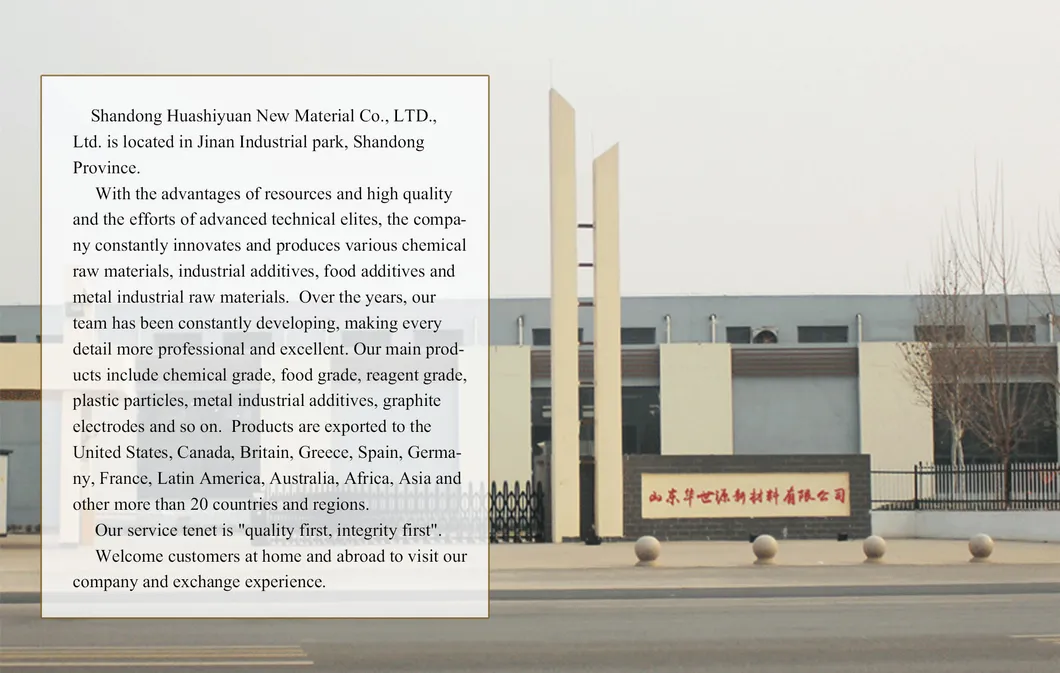
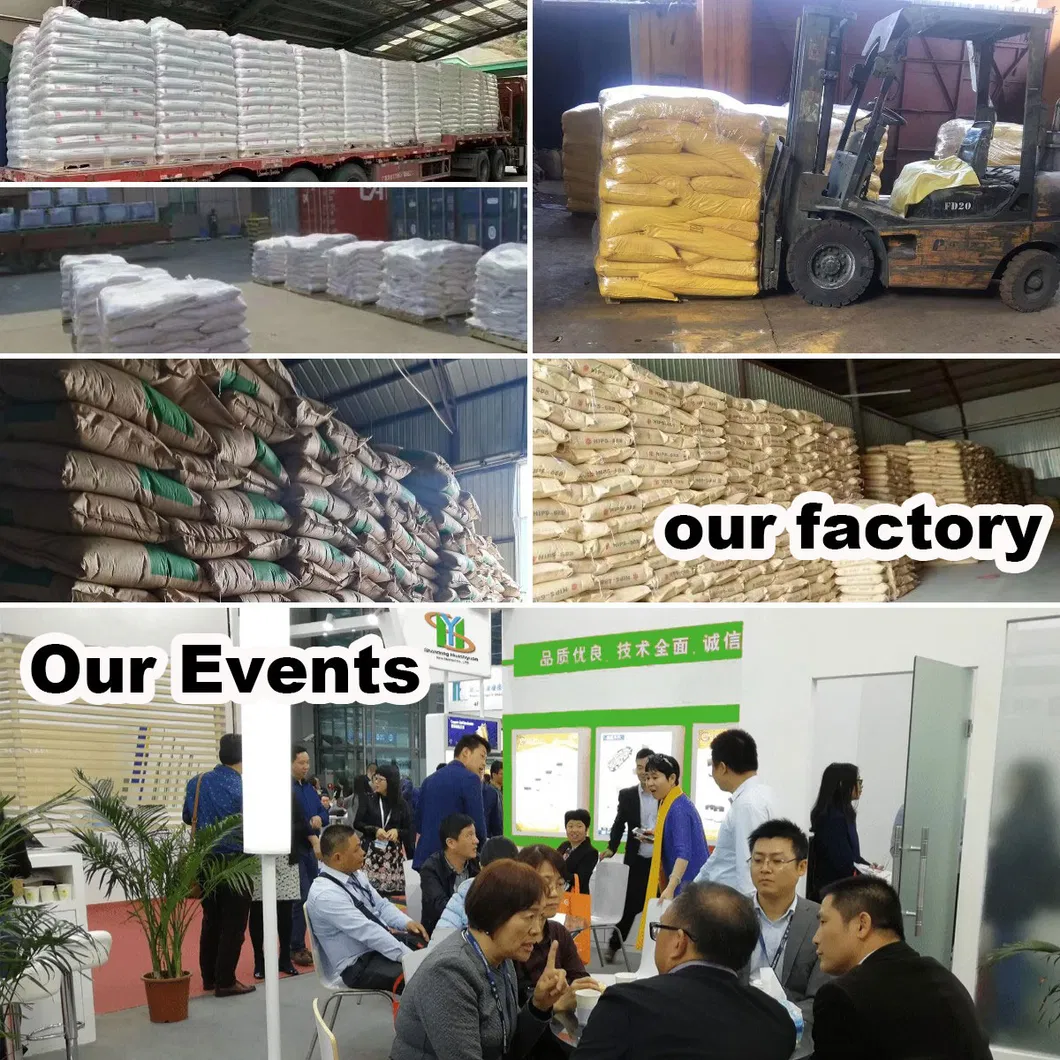
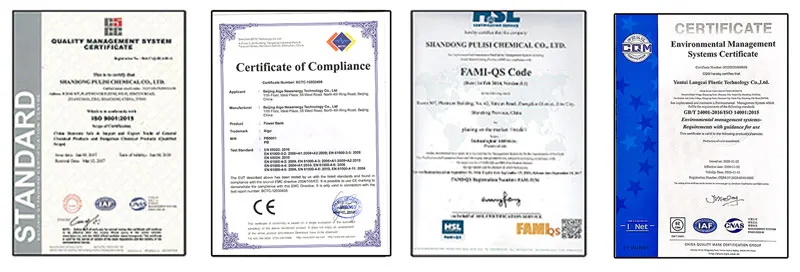
1. Q: Can I get some free samples?
A: Of course, we will send a sample to you.
2. Q: Can we use our own label?
A: Yes, you can. You can contact with the salesmen, please send an email to her/him and tell more details about the label.
3. Q: What's the payment term?
A: Usually we accept T/T, we also can accept L/C, etc.
4. Q: Will you be responsible for the goods when shipping?
A: Generally the logistics company we cooperate with can send the cargo to where you want. Besides, we promise that goods will be arranged as soon as possible and delivered in the shortest time.


